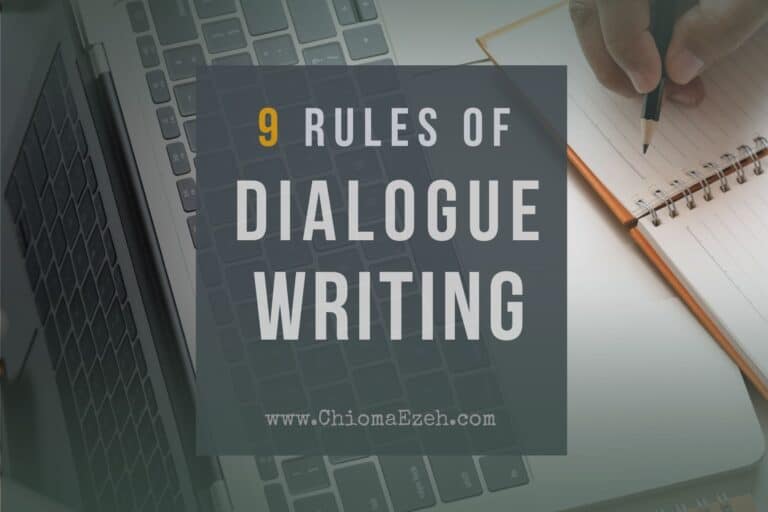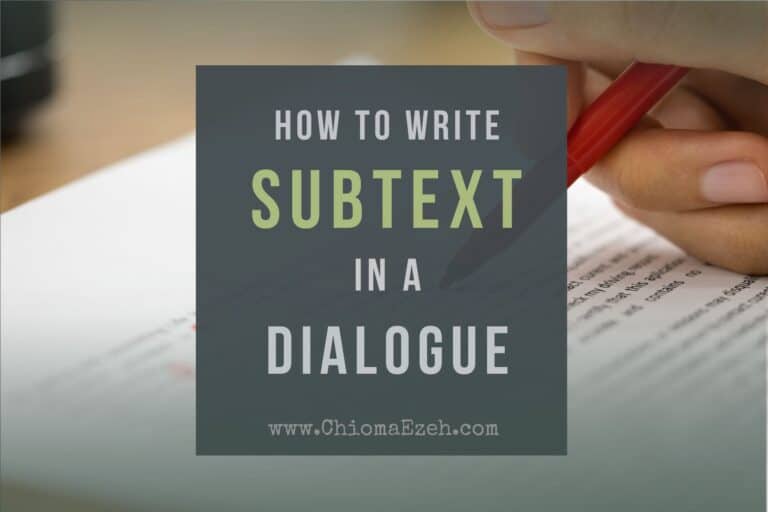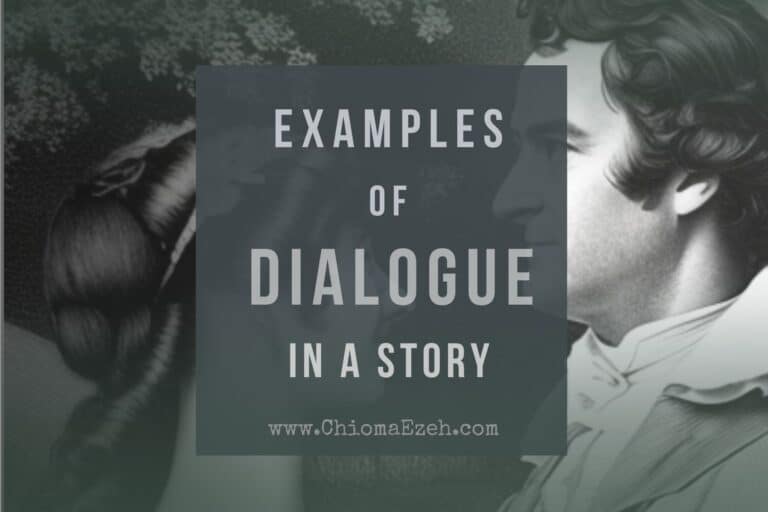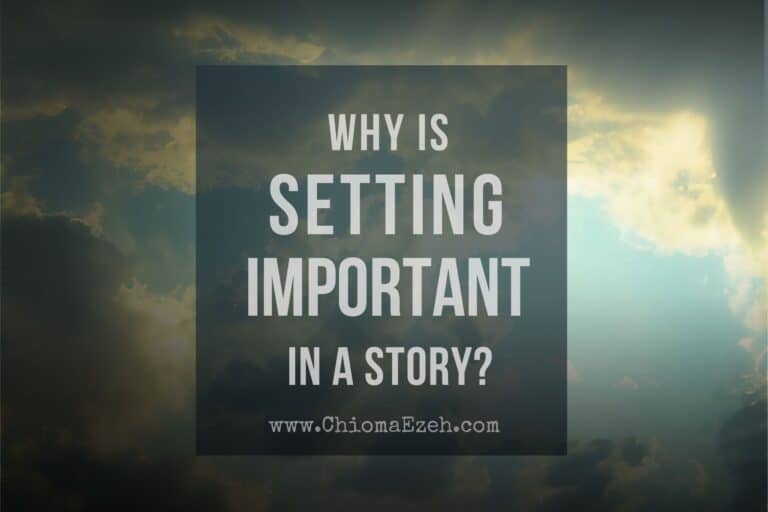Story Structure: 7 Narrative Structures To Know As A Writer
All successful stories rely on a well-crafted story structure, plot, and careful pacing to keep readers engaged. From Save the Cat Beat Sheet and Fichtean Curve to Dan Harmon’s Story Circle, these 7 story structures provide a framework for crafting compelling stories that will captivate readers.
In this post, we’ll explore the seven narrative structures, including why they’re important, and discuss how they can help writers create engaging narratives.
👉 If you’re interested in learning how to plot your own story, read our guide to how to write a story
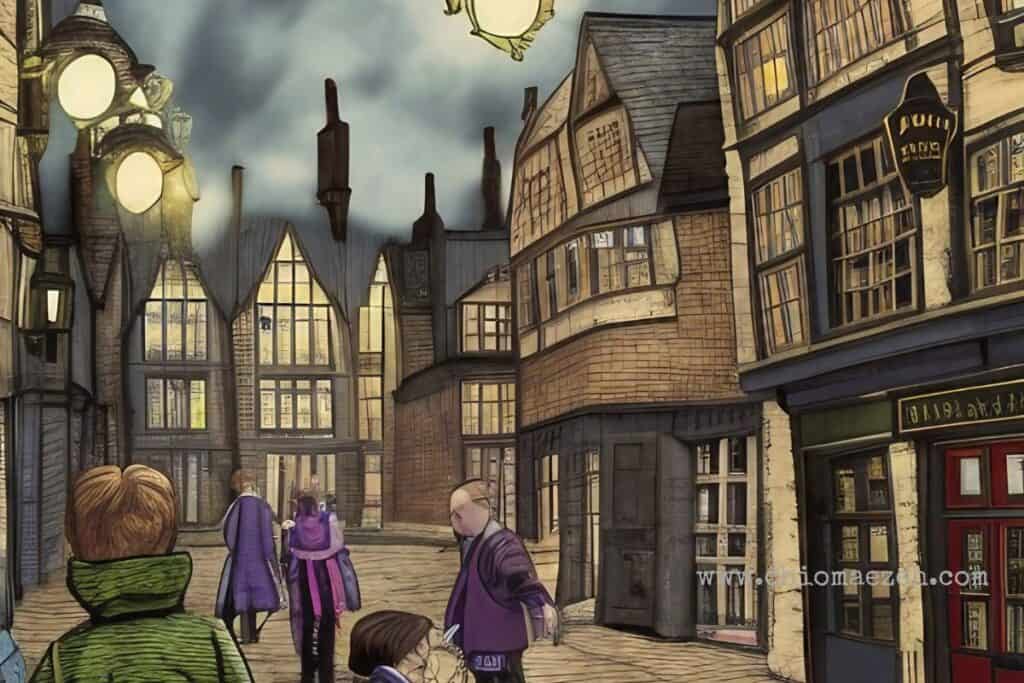
Let’s Talk
Are you a writer aspiring to pen a masterpiece that never fails to captivate? Look no further. Reach out to us and uncover how we can help you to take your writing to unprecedented heights!
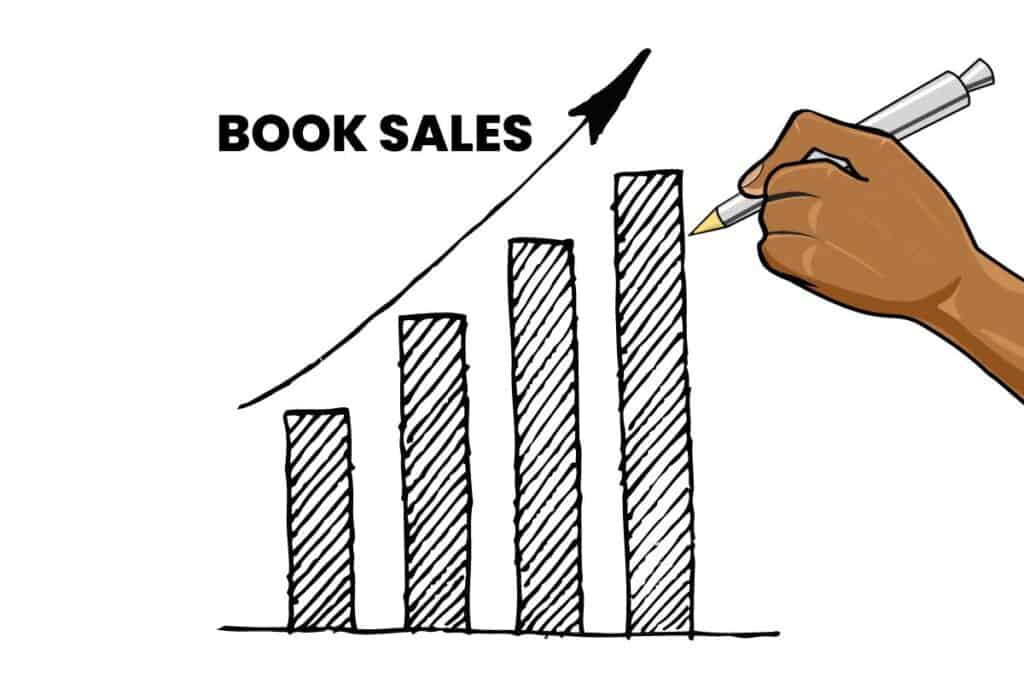
What Is A Story Structure?
A story structure is a way of organizing the plot and events in a story. It’s an underlying framework that guides how the story progresses from beginning to end. There are many different types of narrative structures, but some of the most popular include hero’s journey, three-act structure, and Freytag’s Pyramid.
Realizing the significance of story structure and how it functions can help authors produce tales that will fascinate their readers. To learn more about this, let’s explore the different types of story structures.
👉 For an overview on story and how to write, check out our guide on story telling
What Are The 7 Story Structures?
Story structures provide a framework for writers to craft compelling stories that will draw readers in and keep them engaged from start to finish.
Each structure has its own distinct characteristics which make it unique from other types; some are more suited for certain genres than others, while some offer different levels of complexity depending on what type of story is being told.
The seven core story structures include:
- The Three-Act Structure
- Freytag’s Pyramid
- The Hero’s Journey
- The Monomyth (Dan Harmon’s Story Circle)
- Seven point structure
- Save the Cat Beat Sheet
- Fichtean curve
The 7 Story Structures In Story Writing
1. Three-Act Structure
The Three-Act Structure is a popular story structure that has been used in literature and film for centuries. The Three-Act Structure is rooted in the concept of a three-act play, with each act comprising its own narrative arc containing an introduction, middle, and end.
This structure can be applied to any type of narrative, including novels, short stories, screenplays, and more.
Structure Format:
- Act I – Introduction/Setup: Introduces characters and setting; establishes conflict; introduces protagonist’s goal or desire; ends with inciting incident that sets the plot into motion.
- Act II – Rising Action/Conflict: Characters face obstacles while trying to reach their goals; stakes are raised as tension increases between characters or forces at work against them; climax occurs near the end of this act when all hope seems lost for our hero(es).
- Act III – Resolution/Conclusion: The protagonist overcomes the final obstacle to achieve their goal (or fail); the resolution wraps up loose ends from earlier acts and provides closure for audience members who have been following along with the story’s journey thus far.
Three-Act Structure works best for stories that have an overall arc – such as classic heroes’ journeys – but it can also be adapted to fit other types of narratives like romantic comedies or depressing contemporary tales about life’s struggles without much hope of redemption at the end.
👉 For a deeper look into this structure, see our full guide on the three-act structure
2. Freytag’s Pyramid
Freytag’s Pyramid is a structure for writing stories, developed by German novelist Gustav Freytag in the 19th century. It consists of five parts – exposition, rising action, climax, falling action, and denouement. Freytag’s pyramid is derived from the three-act structure: introduction (exposition), conflict (rising action to climax), and resolution (falling action to denouement).
Structure Format:
- Exposition – Introduction of characters and setting
- Rising Action – Increasing tension or conflict between opposing forces
- Climax – The highest point of intensity or drama
- Falling Action – Resolution of the story’s conflicts
- Denouement – Final outcome or conclusion
Freytag’s Pyramid is best used for creating narrative arcs with a beginning, middle, and end that can be applied to any genre from romance stories to horror. This structure is advantageous for shorter works, as it allows them to be concluded without being excessively drawn out.
3. Hero’s Journey
The Hero’s Journey is a classic narrative pattern that maps the route of the protagonist as they progress through distinct phases in pursuit of an ultimate target. It was first developed by mythologist Joseph Campbell and has been adapted for many stories, from ancient myths to contemporary tales.
Structure Format:
- Ordinary World: The hero’s ordinary world is established, showing their comfortable, everyday life.
- Call to Adventure: Arrives in the form of an inciting incident, setting off a chain of events that will take the hero out of their comfort zone and on an epic journey.
- Refusal of the call: Initially, the hero refuses the calling, feeling unprepared and reluctant to leave the safety of their ordinary world. But then reconsiders when faced with new information or circumstances.
- Meeting with Mentor/Supernatural Aid: After a period of contemplation, they meet a mentor — someone who helps them prepare and gives them the courage and tools to embark on their quest.
- Crossing Threshold: The hero then crosses the first threshold by leaving their comfort zone and entering a new world full of challenges, tests, allies, and enemies.
- Tests/Allies & Enemies: The hero overcomes obstacles while forming alliances along the way in order to progress toward his goal. These tests are usually physical (fighting monsters) or psychological (dealing with difficult emotions).
- The Ordeal: They approach their goal and the inmost cave, facing their greatest challenge yet.
- Reward: After overcoming all odds, they are rewarded with something important that was sought after on the journey.
- The Road Back: the hero realizes that victory isn’t quite complete; they must face one final challenge to achieve it.
- Return with the Elixir: Upon completion, the hero returns to their old life with a newfound appreciation for what they have and all that they have achieved.
Finally, after a tumultuous journey, our protagonist reaches the end of their transformation from an ordinary person to a legendary hero. The hero is now wiser, more experienced, and ready to take on whatever comes next.
Hero’s Journey works best for stories that have an epic scope featuring larger-than-life characters. These characters go through tremendous trials while searching for something greater than themselves with example themes like freedom from oppression, acceptance into society, love, truth, etc.
4. Monomyth (Dan Harmon’s Story Circle)
Dan Harmon’s Story Circle is a simple and effective story structure developed by the creator of Rick & Morty, Dan Harmon. It is based on the idea that stories can be broken down into eight basic steps or stages which all form a circle. This method has been used in television shows, films, novels, and even video games to help create compelling narratives.
Structure format:
- Establishing the Status Quo: The protagonist is in their “zone of comfort”, and their life is relatively stable.
- Want: The protagonist experiences an inciting incident, and they develop a strong wanting for something that was previously unreachable.
- Entering the Unfamiliar: The protagonist enters an unfamiliar situation in order to reach their goal. They begin to face difficult challenges in this new environment.
- Adapting: After initial struggles, the protagonist begins to adapt and find success in their new environment.
- Getting What They Wanted: The protagonist achieves what they originally wanted, but this victory is usually short-lived.
- Paying a Price: The protagonist pays the steep price for their achievement and realizes that what they wanted was not necessarily what they needed.
- Returning to the Status Quo: The protagonist returns to the status quo, but with a new understanding and appreciation for what they have.
- Having Changed: The protagonist has changed as a result of their journey, either for better or worse.
Dan Harmon’s Story Circle is a common tool used to craft compelling narratives, particularly those found in television shows such as “Community” and “Rick & Morty”. It can also be used as a starting point when brainstorming ideas for stories as it provides a framework upon which to build.
5. Seven-Point Story Structure
The seven-point story structure is a tried and true method for crafting engaging stories. It has been used by authors and screenwriters alike to create compelling narratives that capture the reader’s attention from start to finish. This structure consists of seven distinct parts, each designed to move the plot forward in an exciting way.
Structure Format:
- The Hook: Introduce the protagonist and create a stark contrast between their current situation to what it will be at the end of the novel.
- Plot Point 1: Establish a “Call to Adventure” by introducing a person, idea, inciting incident, or something else that sets the narrative in motion.
- Pinch Point 1: Introduce a conflict or problem the protagonist must face and solve.
- Midpoint: The character transforms from passive to active and makes plans to meet the main conflict head-on.
- Pinch Point 2: Apply pressure on the protagonist by introducing a new blow that causes things to worsen.
- Plot Point 2: Reveal that the protagonist has had the key to solving the conflict all along.
- Resolution: The story’s primary conflict is resolved and the protagonist goes through their final transformation.
If you’re looking to craft complex plots with multiple layers of tension and conflict while also providing an emotionally satisfying conclusion for readers, then this structure will fit perfectly. It works well for novels but can also be adapted into shorter pieces such as short stories or even scripts for television shows or movies.
Additionally, it can be used when writing non-fiction books such as biographies where there may not be one single antagonist but rather a series of obstacles that need overcoming throughout different stages of life experience being recounted.
6. Save the Cat Beat Sheet
The Save the Cat Beat Sheet is a popular story structure tool created by Blake Snyder, an American screenwriter. It provides writers with a framework to craft their stories in 15 steps that break down into three acts. This structure can be used for all types of writing, from novels and short stories to films and television shows.
Structure format:
- Opening Image: The opening shot introduces us to the protagonist and their ordinary world.
- Set-Up: The protagonist’s wants, desires, and motivations are established. We get to understand what they’re missing out on in life that makes them want something.
- Theme Stated: The theme of the story is hinted at during this setup. It’s an idea or lesson that the protagonist will eventually discover by the end of their journey.
- Catalyst: An event occurs that serves as a catalyst for change and sets our hero on a quest to reach their goal.
- Debate: The protagonist refuses the call to adventure; struggles with the idea of leaving their ordinary world.
- Break into Two: The protagonist makes an active choice and embarks on a journey to reach their destination.
- B Story: A subplot begins that serves to highlight the theme of the story.
- Promise of the Premise: This is the entertaining section of the story where the writer delivers what was promised.
- Midpoint: A plot twist occurs that increases the stakes and makes reaching their goal more difficult.
- Bad Guys Close In: The obstacles become greater and the hero is on the back foot, struggling to make progress.
- All is Lost: The hero loses everything they’ve gained and the situation looks bleak.
- Dark Night of the Soul: The hero discovers some “new information” that gives them a chance to try once more.
- Break into Three: Armed with this new information, our protagonist is ready for one last attempt at success.
- Finale: The hero confronts the antagonist and resolves their story.
- Final Image: A final moment or scene that reflects how the character has changed from the beginning of their journey. This scene acts as a resolution to the theme stated in step three.
The protagonist is rewarded for their efforts and is able to enjoy the fruits of their labor. They have achieved a new level of understanding and are ready to move on with life.
This beat sheet works best for those looking for a structured approach to storytelling. It is especially useful for novice writers who are just starting out or experienced authors who want more guidance as they write their stories.
7. Fichtean Curve
The Fichtean Curve is a story structure that uses a three-act system to organize the narrative of a work. Johann Gottlieb Fichte, a German writer and philosopher, devised the three-act Fichtean Curve in 1804 as an alternative to the five-act format commonly used by dramatists.
The Fichtean Curve has become a favorite of authors for its capacity to generate tension and suspense in the narrative while still enabling character growth and plot resolution
Structure format:
- Inciting incident – a protagonist has a problem and must take action to resolve it
- First crisis – the protagonist faces an obstacle or set of obstacles they must overcome in order to find a solution
- Second crisis – the protagonist encounters opposition from someone or something that is preventing them from achieving their goal
- Third crisis – this is the tipping point where the protagonist must use their skills and resources in order to succeed in their mission
- Fourth crisis – this is a critical moment in which the protagonist must make a difficult decision and accept the consequences of their actions
- Climax – The protagonist manages to overcome all opposition, achieving their goal and resolving their problem
- Falling Action – The protagonist experiences relief and satisfaction, now that the conflict has been resolved. They also learn valuable lessons about themselves and the world around them as a result of their journey.
The Fichtean Curve is best suited for stories with shorter runtimes such as short films or novellas due to its condensed nature compared to other structures like Dan Harmon’s Story Circle or Save the Cat Beat Sheet which is better suited for longer works such as feature-length films or novels.
This structure also provides ample opportunity for character growth within each act. This makes it great for exploring complex themes and relationships between characters.
Video Recommendation On Story Structure
Final Notes on Story Structure
Story structure is an essential part of a story plot. Understanding these 7 narrative structures can help writers create compelling stories. With knowledge of three-act structure, hero’s journey, monomyth, and Freytag’s pyramid, you’ll be better equipped to craft engaging tales that readers will love.
📝For more helpful advice check out our blog posts on effective storytelling and writing techniques. Leave us a comment below with your thoughts on this story structure and let us know how you plan to apply it in your own work. We’d love to hear from you! 🤗

![What is Dialogue in a Story? [Meaning, Types, Examples]](https://chiomaezeh.com/wp-content/uploads/2023/03/dialogue-in-a-story-1-768x512.jpg)
![What Are Action Beats in Writing? [Definition + Examples]](https://chiomaezeh.com/wp-content/uploads/2023/04/what-is-an-action-beat-768x512.jpg)
